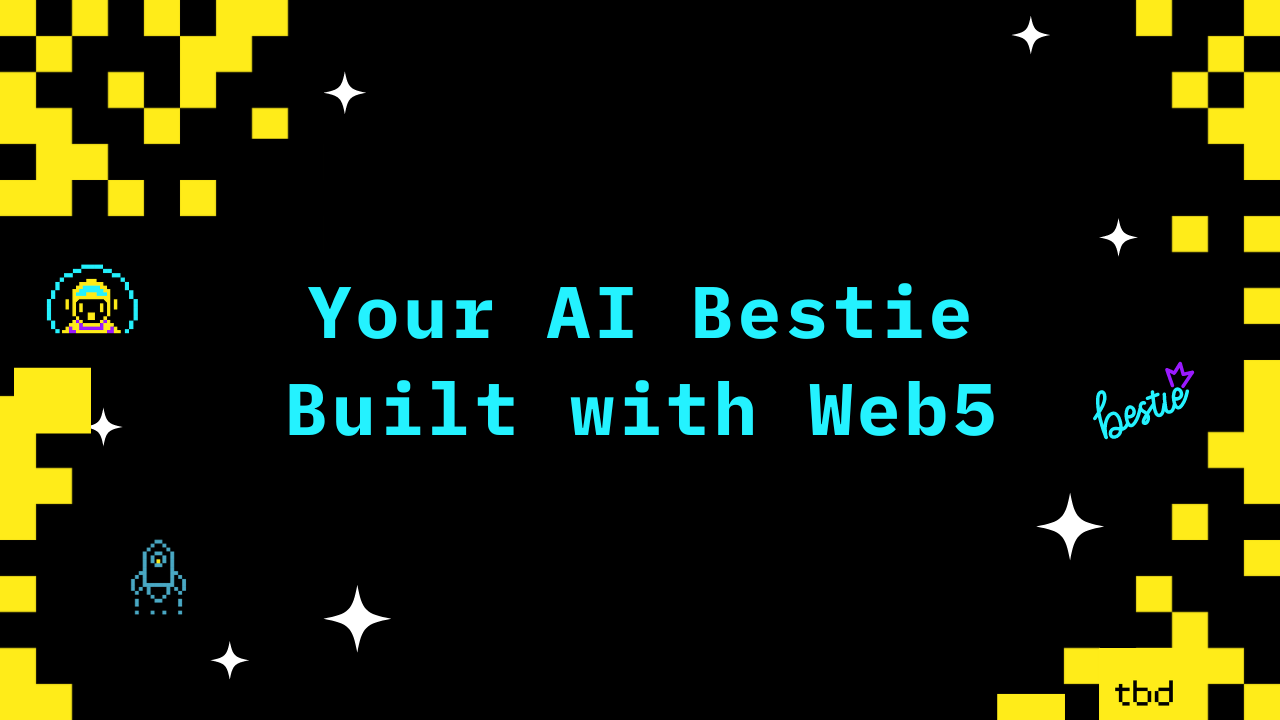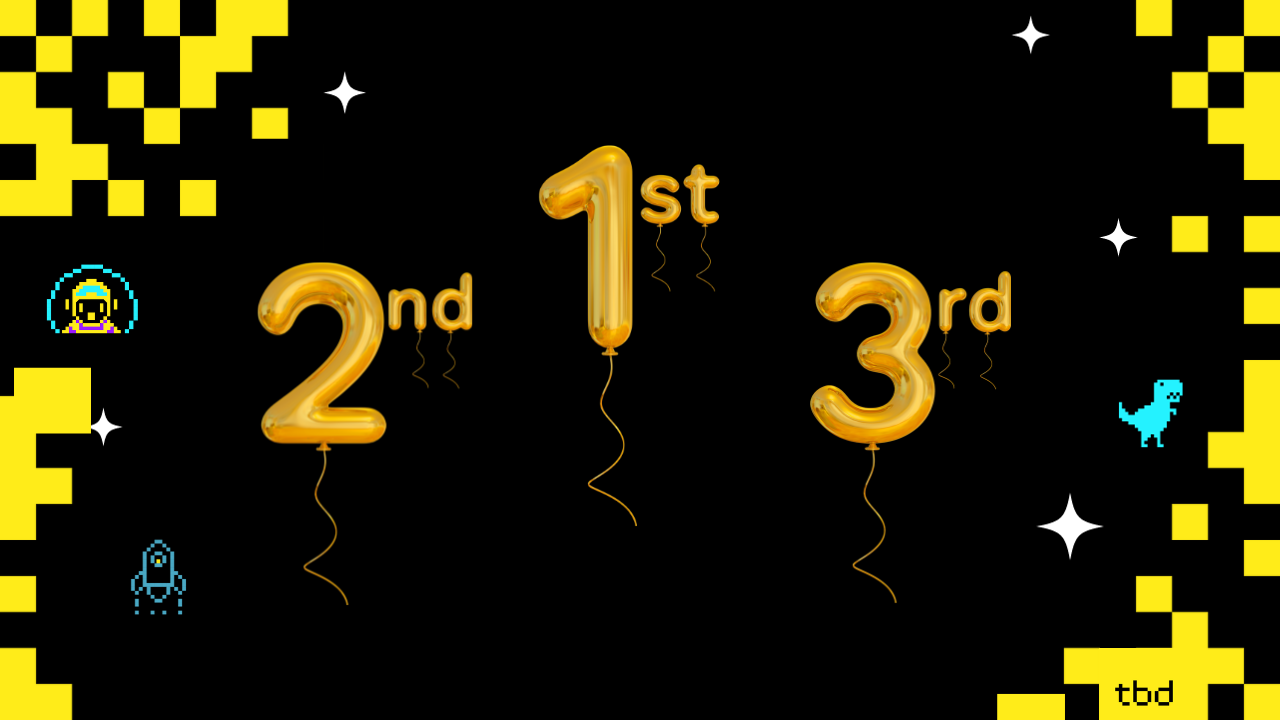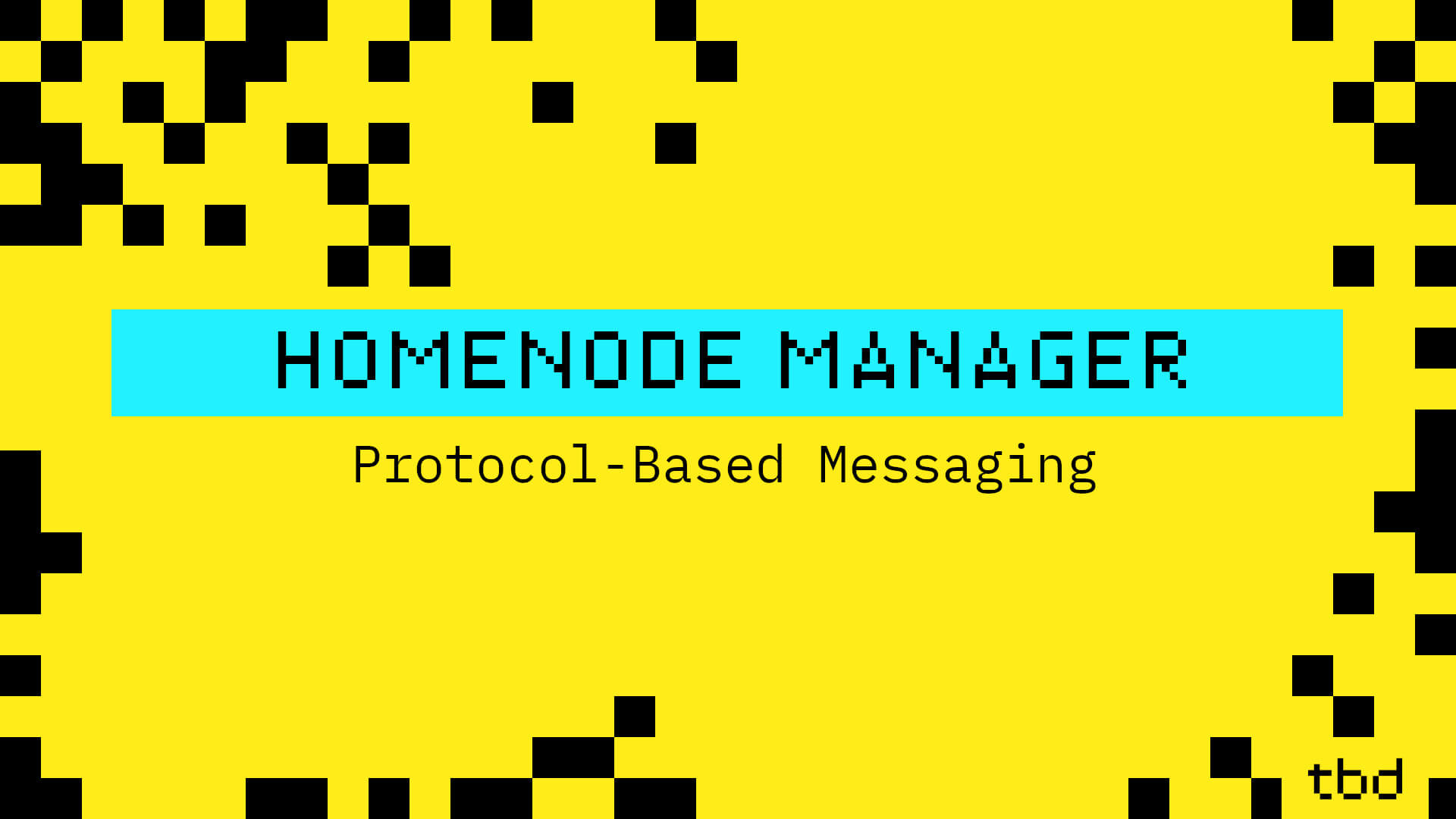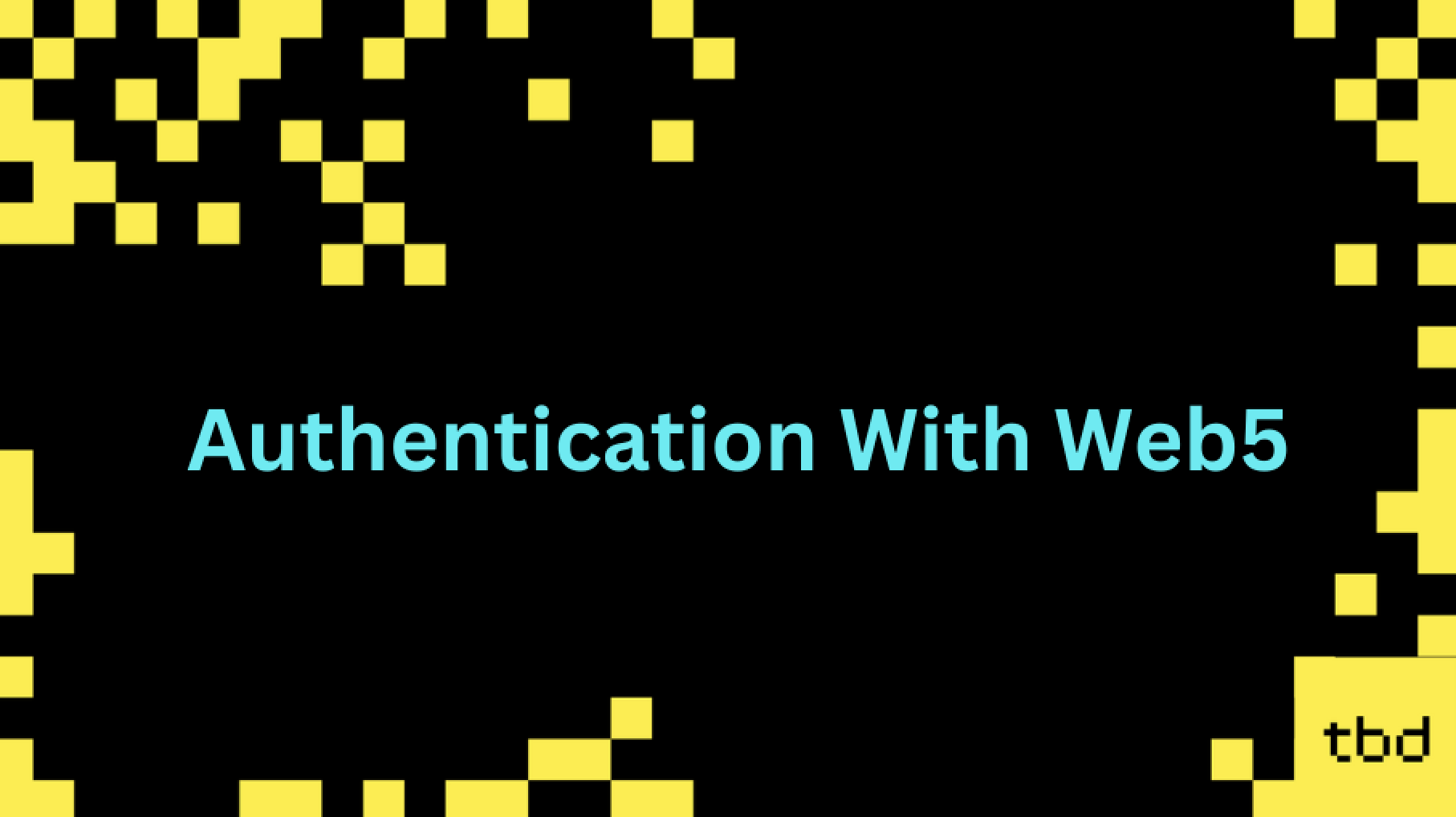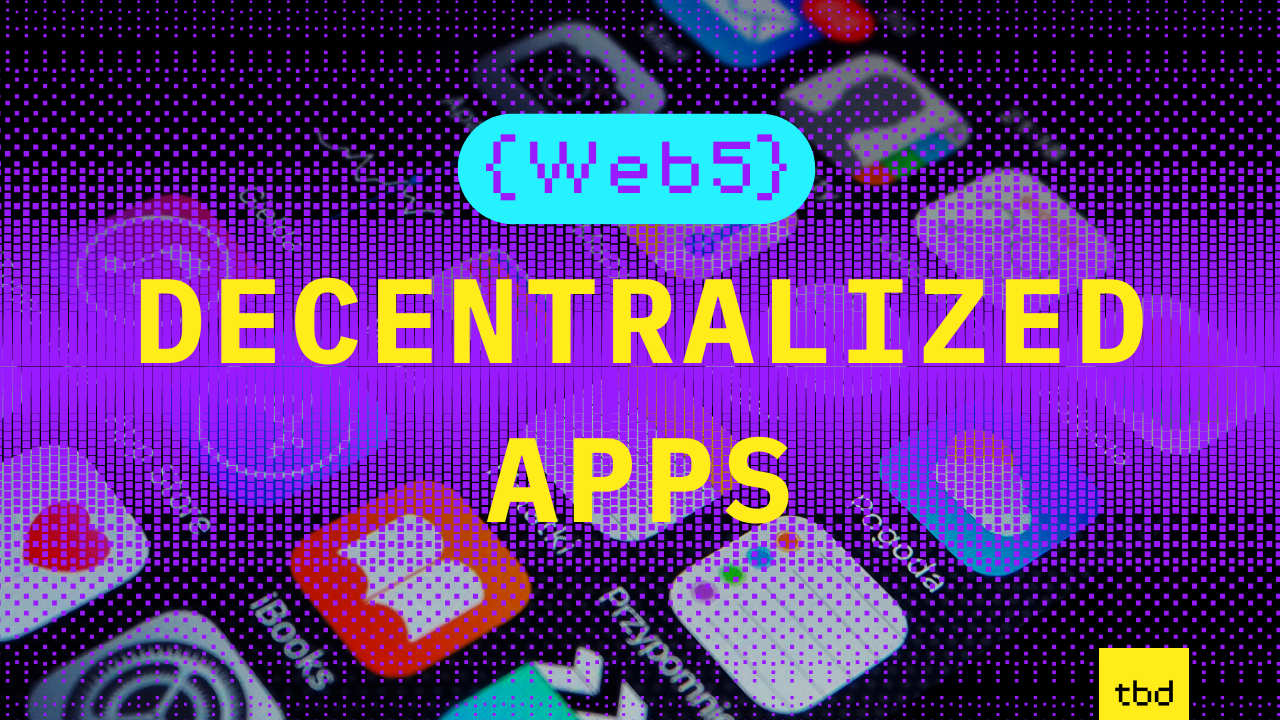
When blockchain technology was first introduced a decade and a half ago, it made the possibility of a decentralized web seem viable to a mass audience. Since then, blockchains have proven themselves to be a poor solution to the majority of data storage problems outside of bearer assets - i.e. Bitcoin - because blockchains grow continuously without any ability to delete data, which just doesn’t make sense for things like personal data. But ‘blockchain’ isn’t synonymous with decentralization, and just because a blockchain isn’t the best solution for personal data storage doesn’t mean your app can’t be decentralized.
